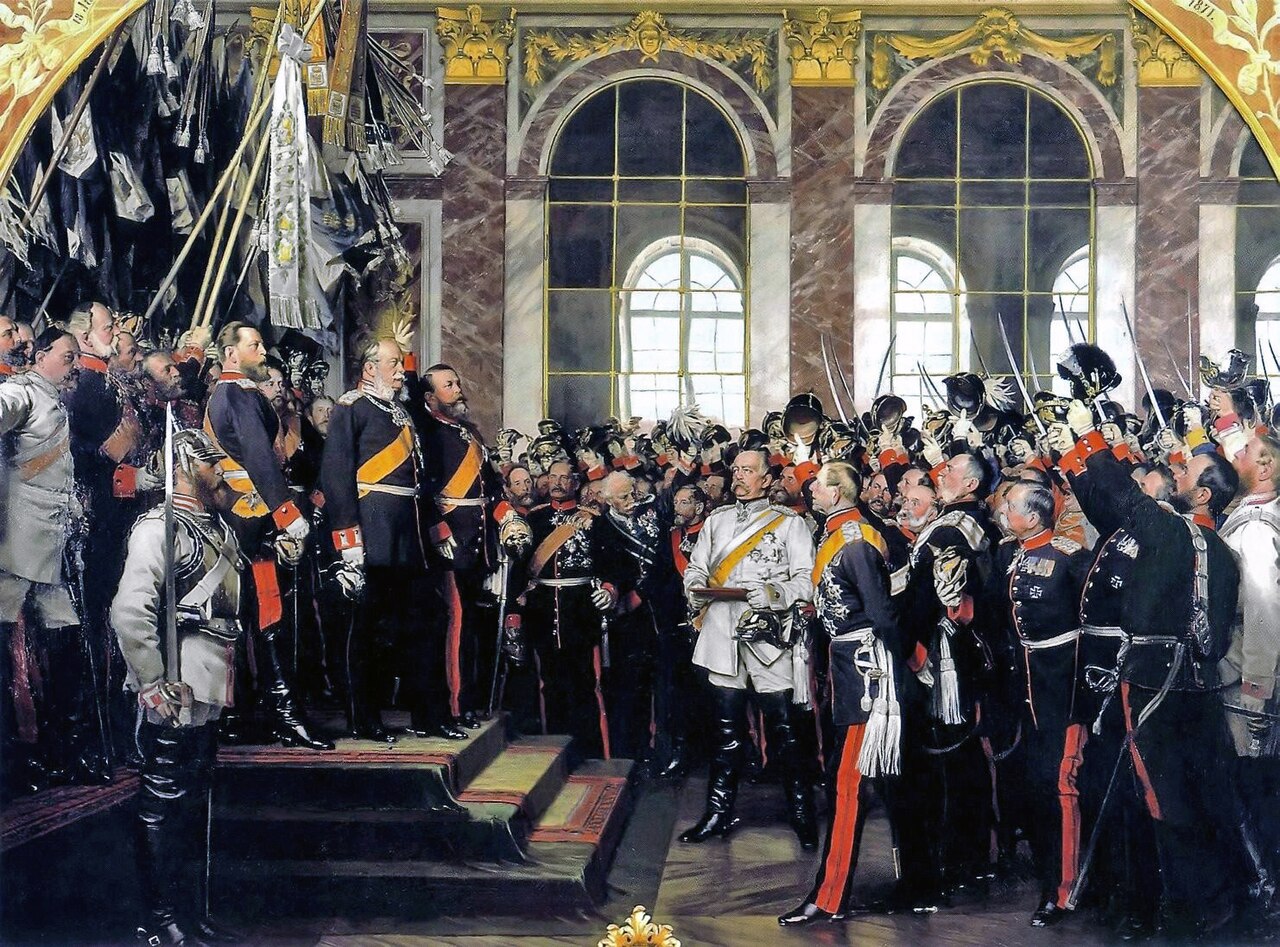After Otto Von Bismark united Germany, he started a program called Kulturkampf beginning in the early 1870s. The mission of Kulturkampf was to phase out the Catholics and to put restrictions on them. Thirty-six percent of the German population was Catholic, so while they were a minority they were not a very small one. In particular, Bismark disliked Pope Pious IX, who was against progress and modernity. They began with smaller things, such as banning any sort of political talk in sermons. They then moved on to banning the clerical oversight of the school system and banned the Jesuits from Germany. Civil marriage was required to be considered legitimate, and Clerical appointments had to be approved by the state. There were many other laws put in place to restrict the Catholics, but in response, the Center Party was formed to protect the rights of Catholics. By 1878 the Center Party had support and Pope Pius IX had died, and his successor Leo XIII was not against progress in his dealings with political matters. Bismark decided to end Kulturkampf and the unsuccessful crusade against Catholics ended in Germany.

In the late nineteenth century, the British office of Prime Minister usually alternated between Conservative Benjamin Disraeli and Classical Liberal William Gladstone. There had been several revolts in Ireland to try and get its independence, but these were all unsuccessful, and one of Gladstone’s ambitions was to get Ireland Home Rule. Ireland would be able to make its own laws, which was particularly important as most Irish people were Catholic. Some of the things he argued in favor of home rule, was that the Irish were often harshly treated under English rule, and when they opposed the English they were often brutally suppressed. He also considered it unfair that Ireland had to pay a tax to the protestant church when they were mostly Catholic. Gladstone was unsuccessful in his quest to get the Irish home rule but is still remembered for his effort.




